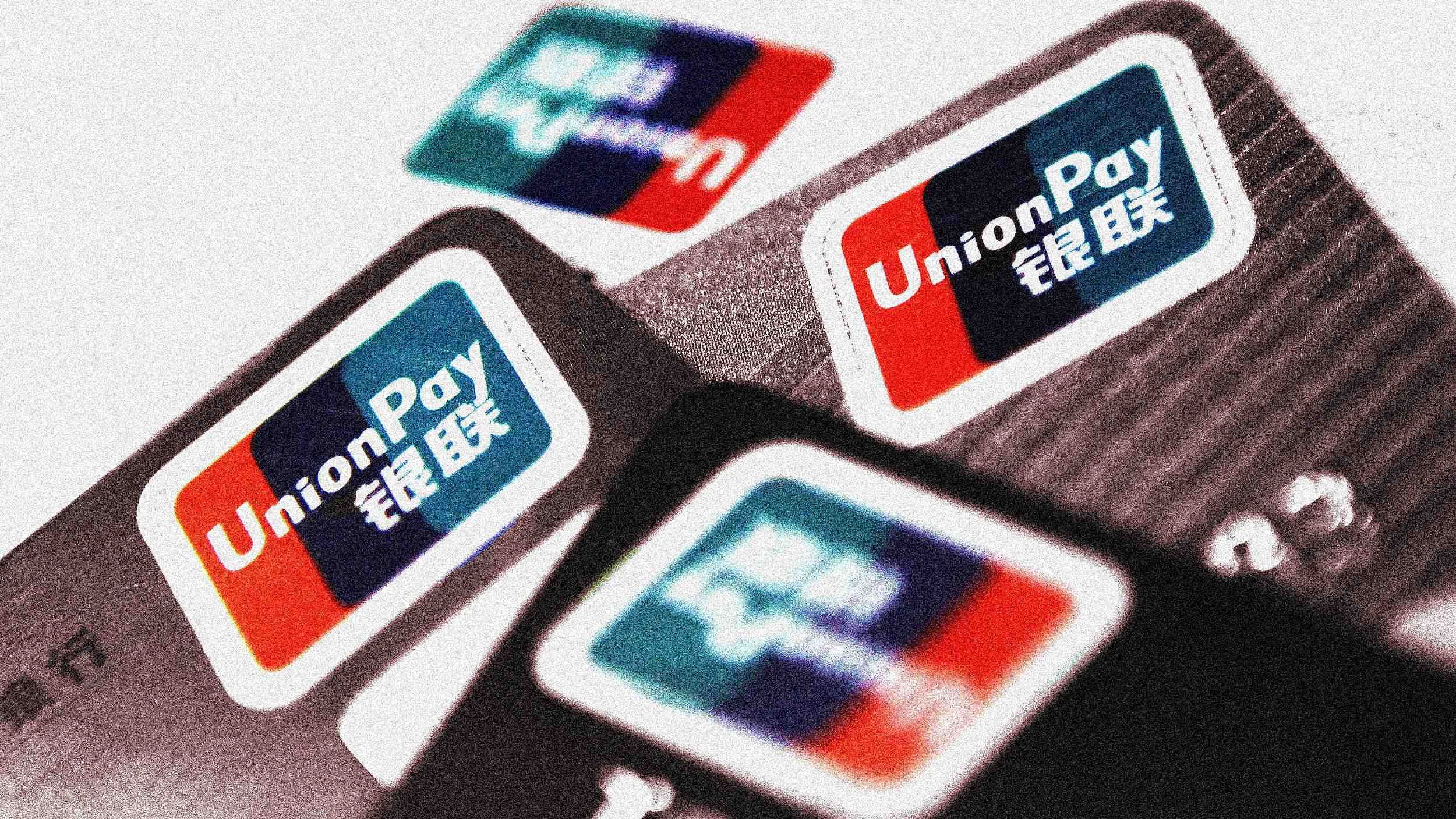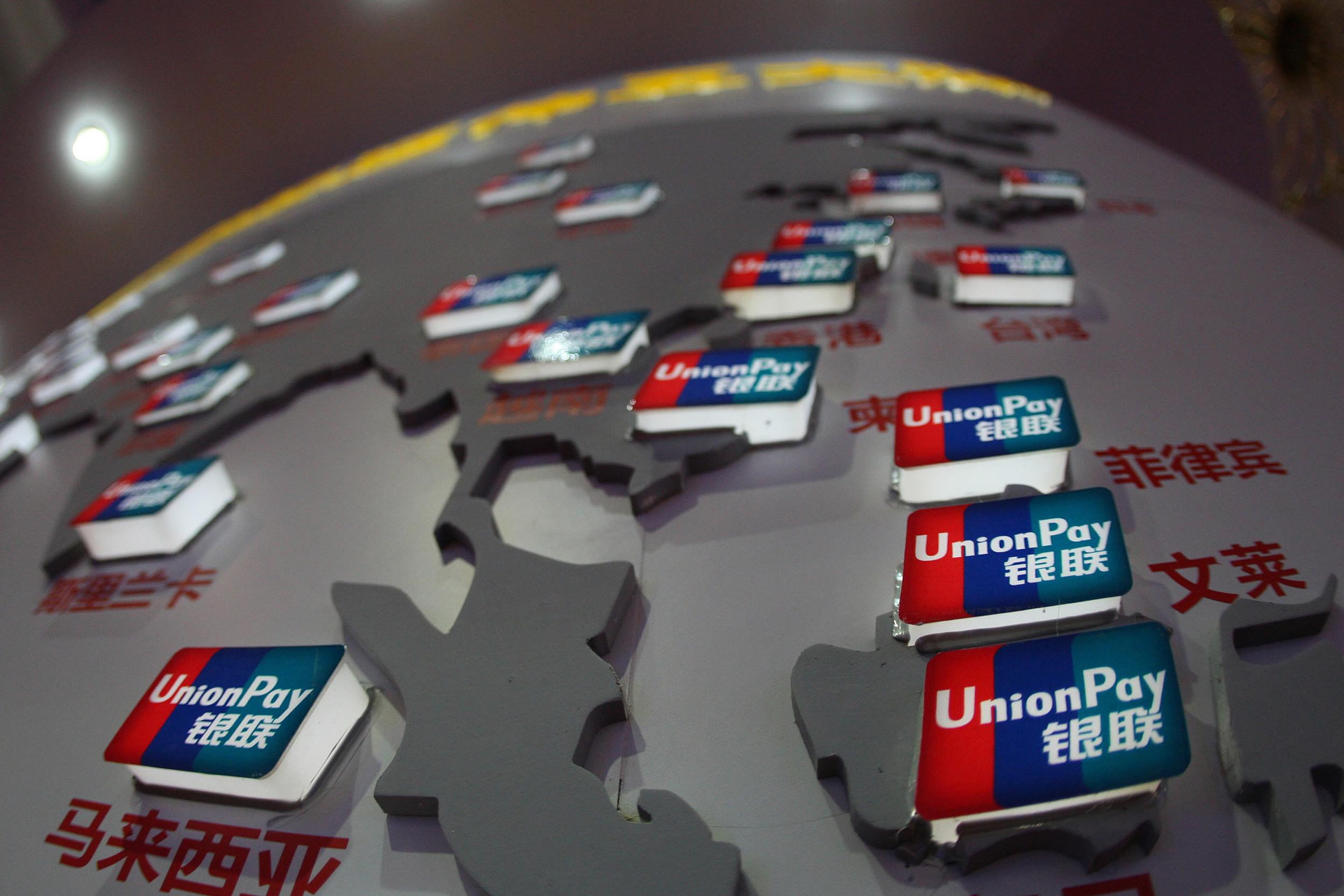
Business
16:54, 11-Feb-2018
20 mln UnionPay cards were issued overseas in 2017: Here's why
Nicholas Moore

UnionPay is by far the largest bank card provider in China, and it is now rapidly gathering strength internationally, after 20 million new cards were issued overseas in 2017.
According to a press release published by UnionPay International on Friday, more than 90 million UnionPay cards have been issued outside the Chinese mainland, thanks to a rise in inbound tourism and strong investment from the company in payment infrastructure along the Belt and Road route.

VCG Photo
VCG Photo
More than 140 million tourists visited China in 2017, according to the National Tourism Conference, and a significant portion of them are using UnionPay cards for shopping in the country.
One of the biggest markets for UnionPay card services has been along the route of the Belt and Road Initiative. Twenty-five million of the cards issued overseas have been in Belt and Road countries, with UnionPay growing to such an extent that it is now the biggest bank card provider in Laos, Myanmar and Mongolia.
A product manager at UnionPay International who asked to remain anonymous told CGTN that the company has been “striving to enable UnionPay’s presence in more and more markets.”
Representatives of the card provider have visited “many countries along the Belt and Road to promote UnionPay payment products in hope of striking partnership.”
CGTN’s source also said that they expected UnionPay to grow “into European markets and beyond.”
In Pakistan, UnionPay is second only to Visa when it comes to bank card use, with more than 4.1 million UnionPay cards issued in the country. In Russia, 1.3 million UnionPay cards have been issued by 10 local banks.

UnionPay is looking to secure further expansion along the Belt and Road route. /VCG Photo
UnionPay is looking to secure further expansion along the Belt and Road route. /VCG Photo
While many of the cards issued overseas are primarily used by visitors to China looking to make payments inside the country, data also suggests that UnionPay is increasingly being used locally in certain countries and regions.
More than 90 percent of the transactions carried out with overseas-issued UnionPay cards happen locally in Macao, Hong Kong and Pakistan, showing that factors beyond tourism are persuading more and more people to use UnionPay.
The product manager at UnionPay said that “abundant discounts targeting Chinese consumers as well as foreign cardholders traveling to Asia” were a factor in the company’s growth overseas.
CGTN’s source also pointed to UnionPay’s unique dual currency policy, a feature that permits the use of RMB plus one local currency, allowing “cardholders to pay RMB directly without incurring any currency conversion fees.”
The company has invested heavily in recent years in improving payment infrastructure overseas in Belt and Road countries.

UnionPay is increasingly accepted by ATMs around the world. VCG Photo
UnionPay is increasingly accepted by ATMs around the world. VCG Photo
Payment networks in Serbia, Belarus and Tajikistan are currently being upgraded according to UnionPay standards rather than Visa or MasterCard, laying the foundation for UnionPay’s long-term expansion into Central Asia and Eastern Europe.
Even in countries and regions where Visa and MasterCard still dominate, UnionPay has gained exposure and brand recognition as more foreign cash machines, card machines and online third-party payment platforms accept its cards.
UnionPay is now accepted in 168 countries and regions, with its global coverage extending to 51 million merchants and 2.57 million ATMs.

SITEMAP
Copyright © 2018 CGTN. Beijing ICP prepared NO.16065310-3
Copyright © 2018 CGTN. Beijing ICP prepared NO.16065310-3